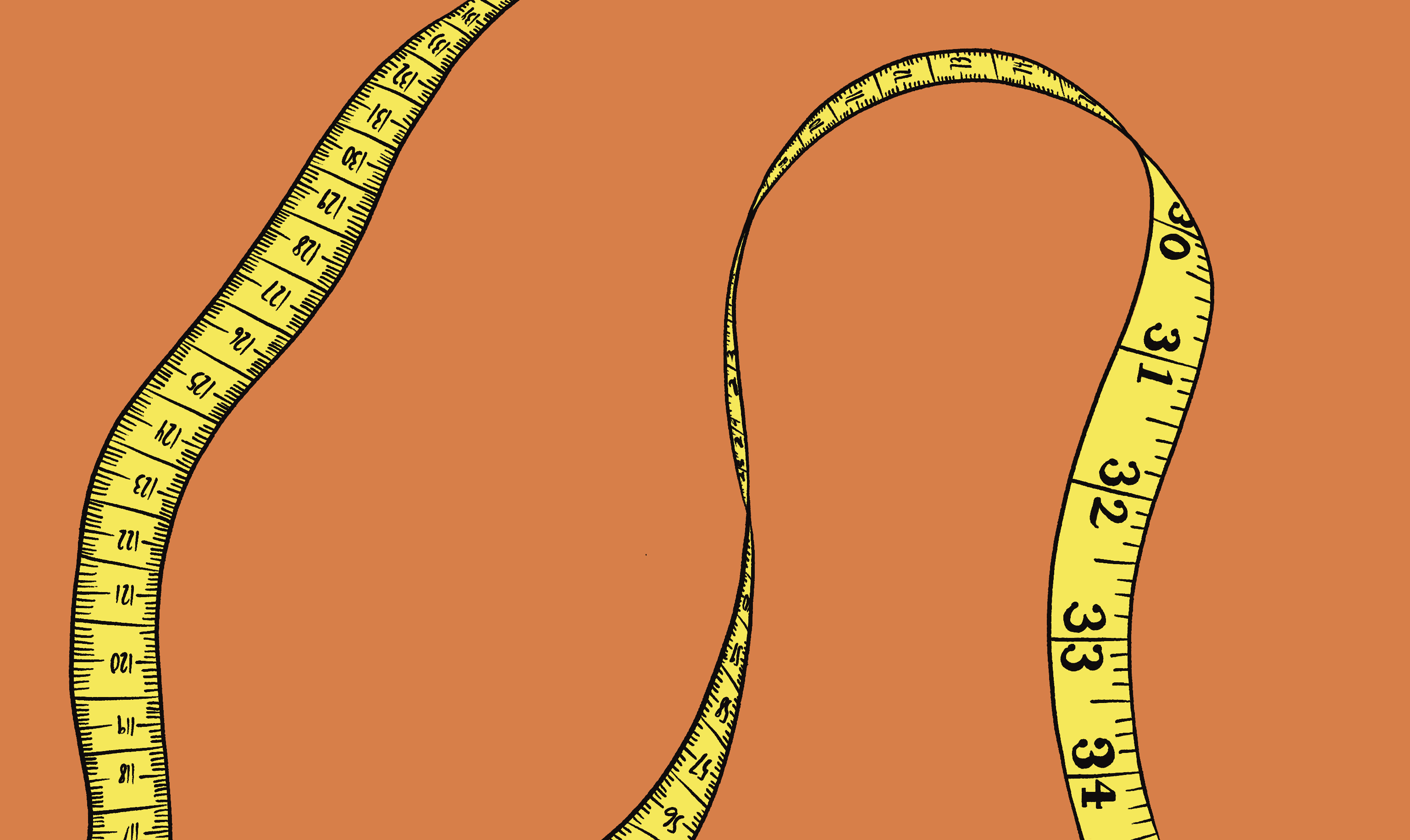Picture this—It’s 2012. Lana Del Rey just released Born to Die, you’ve finished reading a John Green novel and a new app called Instagram is taking over the scene. On Instagram, you notice the new trending tag: #BodyPositivity. Scrolling through, you see photos and videos of women of all races and body types preaching about loving one’s body, resisting beauty standards and defining all bodies as beautiful.
Well, the best you can do is imagine, because the age of #BodyPositivity is ultimately dead, gone, shattered—you get the point.
For a short period—coined by Black and queer activists in response to the continued invisibility of certain body types—the social movement #BodyPositivity gained traction via social media throughout the 2010s.
Like all movements, the Body Positivity movement was well-meaning, but it still had its shortcomings. Rather than advocating for the dismantling of systems which commodify and stratify our bodies, the movement focused too heavily on squeezing all bodies into the—not necessarily criticized—box of beautiful rather than dismantling what beautiful meant and who has historically defined beauty.
It’s easy to conflate desirability with acceptance, but the reality is that desirability only gains others’ tolerance of you when you’re in a marginalized class.
We need more than just being tolerated. We need a just society where our bodies don’t determine our value and the products made to achieve unrealistic standards aren’t cemented into our lives from birth.
The movement ultimately lacked any critical analysis of race or class. It was spearheaded by larger-bodied women and then co-opted by thinner, midsized, white women. This isn’t to say all bodies shouldn’t be appreciated. However, those most marginalized should be positioned at the forefront of a liberation movement. Photos of thin women before and after eating a meal shouldn’t be the peak of body positivity.
I’m not here to criticize all parts of the Body Positivity movement. If anything, I’d like to highlight its flaws and points that need improvement. Movements so often get co-opted by the least-marginalized and more-palatable groups that their meaning is ultimately lost and they are commodified.
With the end of the Body Positivity movement, we witness the rise of thinness as a trend. For a while, the beauty standard was an hourglass figure—often described as “slim thick”—and Brazilian butt lifts were the trending enhancement surgery.
We even see celebrities, such as Kim Kardashian and others, reverting to the thin standard, opting out of their curves for a slimmer, trendier figure these past few years. This directly ties into Kardashian shedding aspects of Black culture to gain acceptance back into white American culture, seeing as how thinness is the center of white European beauty standards.
Books, such as Fearing the Black Body: The Racial Origins of Fatphobia, can give a more in-depth analysis of this history and the complex relationship between anti-Blackness and anti-fatness we see today.
I’d note that, while it remained quiet in the 2010s, the skinny trend reemerged in the 2020s, specifically during the pandemic when lockdown encouraged many to find new hobbies.
An option for many became healthier living and at-home workouts. For a moment in time, Chloe Ting’s workout videos appeared on everyone’s YouTube homepage. Now, fast forward a few years later, TikTok videos of people recalling this time period in utter horror have arisen.
You can also credit the resurgence of the skinny trend to the attempted revival of Y2K fashion, an era marked by a focus on thinness. Elements of Y2K fashion, including low-rise jeans and miniskirts, often exist for a thinner body type, and larger bodies wearing the same thing are often met with hostility. This begs the question: is it really fashion, or are they just skinny?
This isn’t to say that promoting fashion and expressing style can’t be positive. However, the constant attempts to sell thinness to us through fashion and centering skinny bodies at the forefront of trends leaves us more prone to promoting certain beauty standards. The discouraging of larger bodies wearing certain clothes is overplayed and, frankly, fatphobic.
Through the internet and social media apps, such as TikTok, we see rapid trends play out in real-time. Recently, Ozempic, a medication for diabetes, has been promoted as a weight-loss drug. The widespread abuse of Ozempic as a weight-loss drug has led to a shortage of the medication, making it difficult for those most in need to get access to it.
Even affluent individuals, such as Oprah Winfrey, have fallen for the Ozempic craze. Winfrey has spoken to People Magazine about using Ozempic for weight loss purposes despite her role at WeightWatchers, whose organizational ethos forbade the use of the medication.
Ozempic halts pleasure receptors in your brain through the active ingredient, semaglutide, which induces fullness. This is yet another quick-and-easy solution but needs to be thought out more with the results of what happens after Ozempic—much like how, after dieting, 90% of people regain all that weight.
It should be noted that thinness has always been in and has never truly gone away. However, the recent trend of turning to medication one does not necessarily need for aesthetic purposes brings forth ideas we so desperately attempted to push back against with the Body Positivity movement and is undoubtedly one of the most high-risk routes to achieving weight loss goals.
Additionally, as we see attempts to further ideas of white supremacy through authoritarian rule and law-making, we will simultaneously witness the values of this and similar systems subliminally seeping into our everyday lives.
Like all ideas under white supremacy, ideas of beauty are rooted in the distance to Blackness. White European beauty standards do not value larger bodies and features of women of color, especially those of Black women.
As I mentioned earlier, it is not a coincidence that—as certain celebrities no longer view Black culture as profitable—the reentrance into white culture requires changing the body for a slimmer figure. In the never-ending chase for beauty, we often lack race analysis that helps us dissect how beauty standards contribute to the fetishization of Black people and women of color.
Ultimately, living under a beauty standard that values thinness and heavily enforces it, we must be cautious about whom our values align with and push back against patriarchal ideas that commodify the body and sell our insecurities back to us.






